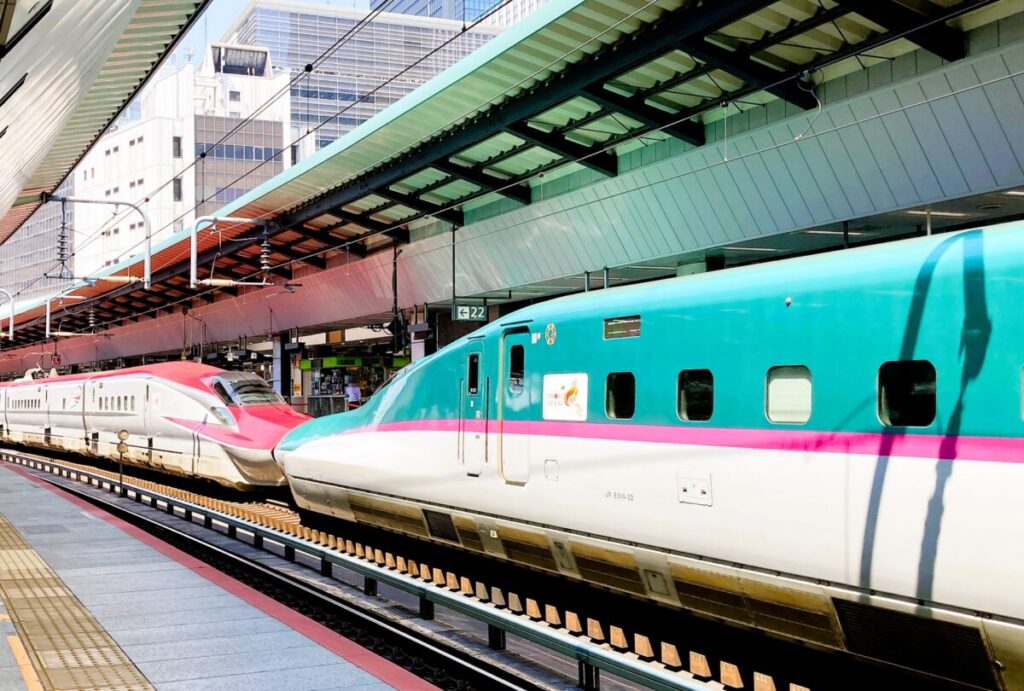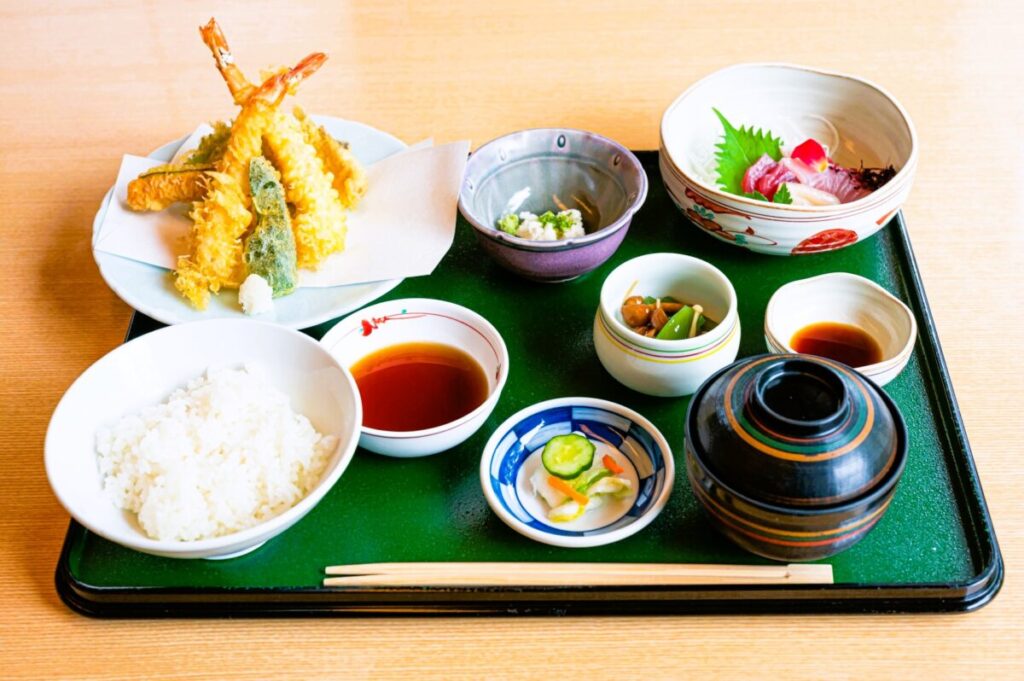Overview
Staying connected in Japan is essential—whether you’re using Google Maps, translating menus, or sharing travel photos. In 2025, two main options dominate for visitors: SIM cards (including eSIMs) and Pocket Wi-Fi routers.
Each offers different advantages depending on your travel style, device needs, and budget. This detailed guide compares both to help you choose the best option for your Japan trip.

1. What Are Your Internet Options in Japan?
Japan offers multiple ways to get online. The two most common are:
| Option | Description |
|---|---|
| SIM / eSIM | Insert a prepaid SIM or activate an eSIM on your phone. Ideal for solo travelers. |
| Pocket Wi-Fi | Portable router for multiple devices. Perfect for families or small groups. |
Both options are available at airports, convenience stores, or online before you arrive.
2. Quick Comparison Table (2025 Edition)
| Feature | SIM Card | Pocket Wi-Fi |
|---|---|---|
| Devices Supported | 1 | Up to 5 |
| Setup | Instant (insert SIM or scan QR for eSIM) | Requires pickup or delivery |
| Coverage | 4G/5G (Docomo, SoftBank, au) | 4G/LTE or 5G depending on model |
| Battery | Uses phone battery | Up to 15 hours |
| Price (7 days) | approx. $15–$25 | approx. $40–$50 |
| Best For | Solo travelers | Families, groups, business travelers |
3. SIM Cards Explained
A SIM card (or digital eSIM) connects your phone directly to Japan’s mobile network. You can buy it online before your trip, or at airport kiosks upon arrival.
| Type | Example | Validity | Notes |
|---|---|---|---|
| Physical SIM | Mobal, Sakura Mobile, IIJmio | 7–30 days | Insert and restart phone |
| eSIM | Airalo, Ubigi, Holafly | 3–30 days | Activate instantly via QR code |
Average 2025 pricing:
- 7 days / 5GB → approx. $15
- 30 days / 15GB → approx. $35
Advantages
- Lightweight and easy setup
- No extra device to carry
- Works instantly with an unlocked phone
Disadvantages
- Limited to one device
- Some plans cap data usage
- Requires an unlocked smartphone

4. Pocket Wi-Fi Explained
A Pocket Wi-Fi is a portable router that lets multiple devices share one connection. It’s ideal for families, groups, or travelers using multiple devices like tablets or laptops.
| Plan | Duration | Price |
|---|---|---|
| Standard Plan | 7 days | approx. $40 |
| Value Plan | 15 days | approx. $70 |
| Long Stay Plan | 30 days | approx. $100 |
Most providers offer unlimited data, though speeds may slow after heavy daily use (usually over 10–20GB).
Popular 2025 providers:
- Ninja Wi-Fi
- Japan Wireless
- eConnect Japan
Advantages
- Connects up to 5–10 devices
- Consistent speed and strong signal
- Ideal for sharing among multiple users
Disadvantages
- Must pick up and return device
- Battery needs daily charging
- Slightly more expensive overall
5. Pros & Cons Summary
| Feature | SIM / eSIM | Pocket Wi-Fi |
|---|---|---|
| Setup | Instant | Requires pickup |
| Devices Supported | 1 | Up to 5 |
| Battery Life | Uses phone battery | 12–15 hours |
| Data | 5–30GB typical | Often unlimited |
| Price (7 days) | approx. $15–$25 | approx. $40–$50 |
| Ideal User | Solo traveler | Families or groups |
6. Coverage and Speed
Japan’s mobile networks are among the fastest in the world. Both SIMs and Wi-Fi routers use the same main carriers:
- NTT Docomo – widest coverage nationwide
- SoftBank – excellent in cities and tourist areas
- au (KDDI) – good balance of urban and rural access
Average connection speeds in 2025:
| Network | Average Download | Average Upload |
|---|---|---|
| Docomo 5G | 250 Mbps | 40 Mbps |
| SoftBank 5G | 200 Mbps | 35 Mbps |
| au 5G | 180 Mbps | 30 Mbps |
Even in rural areas like Hokkaido, Tohoku, or Kyushu, both options provide stable 4G connections.

7. Cost Comparison
| Duration | SIM (per person) | Pocket Wi-Fi (shared by 2–4 people) |
|---|---|---|
| 7 days | approx. $15–$25 | approx. $40–$50 total |
| 14 days | approx. $30–$50 | approx. $70–$80 total |
| 30 days | approx. $35–$60 | approx. $100 total |
Tip: When shared among 3–4 travelers, pocket Wi-Fi becomes cheaper per person than individual SIMs.
8. Which One Should You Choose?
| Traveler Type | Recommended Option | Reason |
|---|---|---|
| Solo travelers | eSIM or prepaid SIM | Simple, affordable, zero pickup |
| Couples | Pocket Wi-Fi | Share connection, unlimited data |
| Families / Groups | Pocket Wi-Fi | Connect multiple devices easily |
| Digital nomads | SIM with large data plan | Stable and secure |
| Short-term visitors | eSIM | Fast setup, no return hassle |
9. JR Pass Travelers: Recommended Combos
If you’re using a Japan Rail Pass (JR Pass) or regional rail pass, your connectivity choice can complement your train travel perfectly.
| Travel Plan | Recommended Combo | Why It Works |
|---|---|---|
| Tokyo–Kyoto–Osaka (1 week) | JR Pass + eSIM | Lightweight and quick setup |
| Kansai + Kyushu (2 weeks) | JR Pass + Pocket Wi-Fi | Ideal for sharing among travelers |
| Hokkaido / Tohoku route | JR East Pass + SIM | Strong reception in rural areas |
| Content creators / Business | JR Pass + Wi-Fi router | Stable upload speeds |
10. Final Thoughts
Both SIM cards and Pocket Wi-Fi offer excellent coverage and speed across Japan.
If you’re traveling alone, an eSIM or prepaid SIM is the most convenient choice — no extra device, no return.
If you’re traveling with family or a group, Pocket Wi-Fi is the smarter investment — share data, stay connected, and enjoy unlimited internet.
Either way, Japan’s 2025 connectivity options make your journey smoother, from Tokyo’s Shinkansen stations to Kyoto’s temples and beyond.



